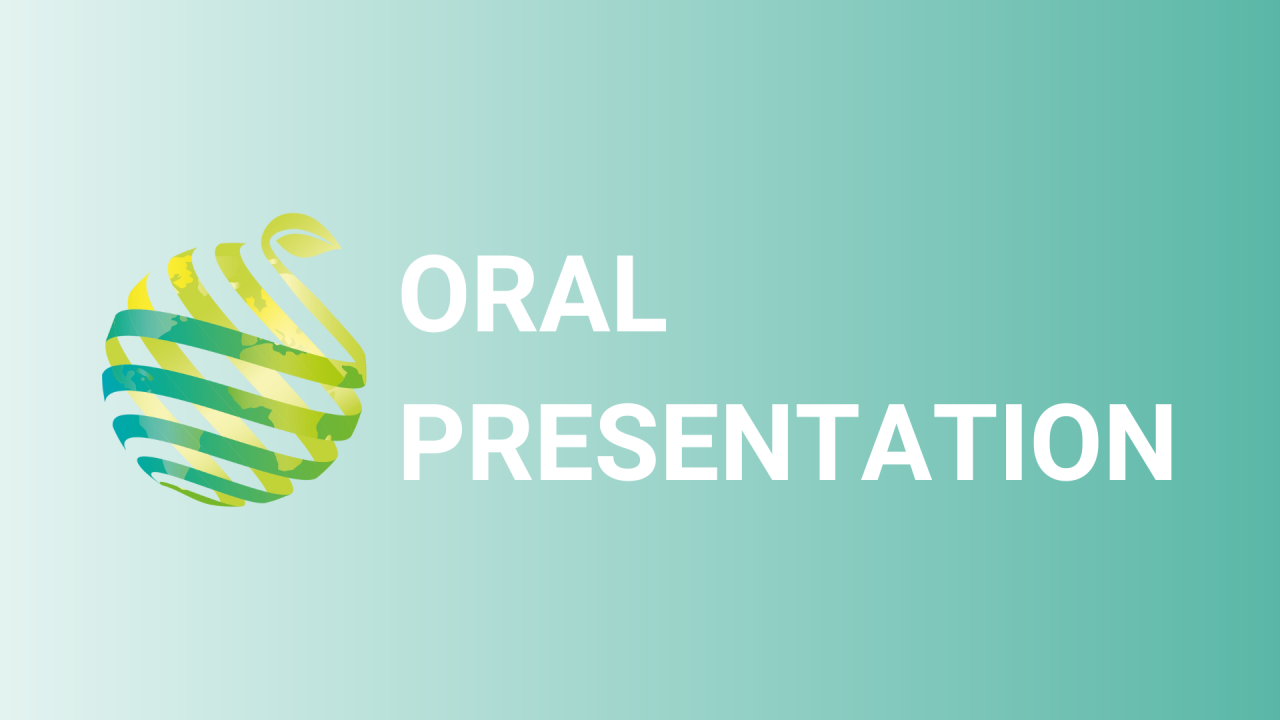

S17 - Session O3 - A 3D hydromechanical model to simulate fruit tissue growth and morphogenesis using the discrete elements method (DEM).
Information
Authors: Hans Van Cauteren *, Jef Vangheel, Pieter Verboven, Bart Smeets, Bart Nicolai
Several important quality parameters of fruit, such as firmness and texture, are determined by the microstructural properties of the fruit. These microstructural properties are the result of cellular growth mechanisms, which can be studied through plant growth modelling. At the tissue scale, modelling of plant growth and morphogenesis is inherently complex, as many cells interact mechanically as well as through water fluxes in multiple dimensions. Therefore, growth models often use simplified 2D or 3D cellular geometries at constant turgor pressures to reduce complexity. In previous work, we have developed a three-dimensional micromechanical discrete elements (DEM) model to simulate bruise damage in tomato at the cellular scale. In this model, cells are represented as deformable spherical meshes, consisting of a network of nodes (discrete elements) connected through specialized springs, which represent the mechanical behaviour of the cell wall. The model includes turgor pressure, intercellular adhesion and separation as well as cell rupture. In this work, the DEM model is expanded to simulate growth and morphogenesis of fruit tissue after cell division. To achieve this, cell wall growth was added to the model based on the Lockhart-Ortega equations. Additionally, a method was developed to add symplastic and apoplastic water transport, that enables the connection between turgor pressure, cell wall tension and cell water uptake. Such hydromechanical coupling has been implemented for simplified two-dimensional hexagonal cell geometries, but here, using DEM allows to generate realistic three-dimensional tissue structures in fruit. The effects of different hydromechanical parameters on growth rate and morphogenesis were analysed. In next steps, the generated microstructures are validated against X-ray micro-computed tomography (micro-CT) images of fruit tissues at several stages during growth, and the model will be applied in various test cases to study the development of different fruit tissue microstructures.